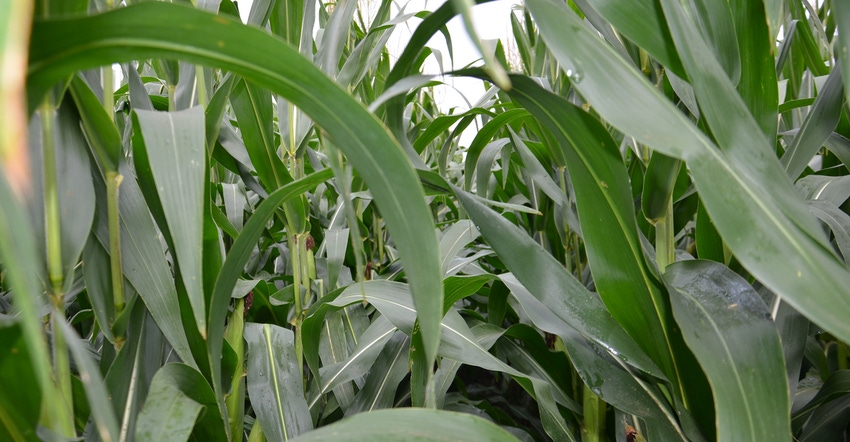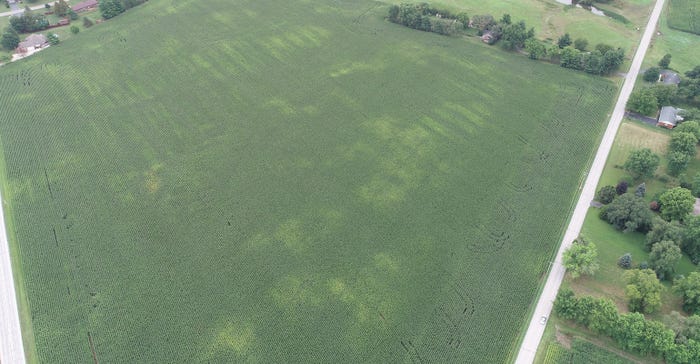
USDA’s August corn yield estimates were met with skepticism by farmers upon release. How could average national and state yield estimates be that high?
A little digging into how USDA arrived at these numbers provides insight into what the agency reported. Greg Matli, Indiana state statistician with USDA’s National Agricultural Statistics Service, explains that August yield estimates were based heavily upon yield surveys of farmers, with data collected in late July. Field enumerators didn’t visit real fields until the last week of August. That data fed into the September USDA crop report.
A popular spoof photo circulating the internet after the August USDA crop report came out showed an elderly lady standing at the edge of a cornfield, holding and admiring a huge ear of corn that appeared to be 2 feet long. The implication was that USDA must have used such a photo in making yield estimates.
All joking aside, what’s unknown based on USDA’s survey for the August report is whether farmers reported yield estimates based on what they saw driving by fields, whether they walked fields or if they saw aerial views of their fields.
“Many fields looked different this year from the air than they did just driving by or even walking into them,” says Dave Nanda, director of genetics for Seed Genetics-Direct, Jeffersonville, Ohio. Seed Genetics-Direct sponsors Corn Watch ’19.
Why aerial views vary
This year’s Corn Watch ’19 field looked good from the road in late summer, and still looked good walking into spots that Nanda monitored all season. “It’s good corn, relatively free from disease, with good yield potential,” Nanda said after a late-August scouting visit. “It’s just late and needs time to mature and dry. Also, I couldn’t walk the entire field to see if it was uniform.”
To provide an over-the-top view, Nathan Bush, a crop consultant with Greene Ag Consulting, Franklin, Ind., flew an unmanned aerial vehicle over the field.
“After seeing aerial images, I believe it’s still good corn, but the entire field may not average as much as the areas I’ve monitored,” Nanda says. “It doesn’t look as uniform from the air.”

REALISTIC VIEW: UAV images of entire fields from a few hundred feet above the crop often reveal possible issues within the field that could lower the yield average at harvest.

Other crop consultants have reported similar findings after walking fields and then looking at UAV images. Here are some “blemishes” they’ve reported:
Streaks of lighter-colored plants. These appeared in the Corn Watch ’19 field, Bush notes. They don’t match up exactly with plant rows or hybrid patterns. He suspects the streaks could be tied to soil compaction on lighter soil types, but says this is just a guess.
Strips of pale green or yellow corn. In some fields, definite strips that match up with possible application patterns stand out. Bush suggests they may represent nitrogen application issues.
Wet spots. Lighter-colored corn, shorter corn and holes where corn is missing may indicate wet spots within fields. This is a year when working tile lines, even older lines, have been easy to spot, Bush says. What’s unknown is how far around wet spots yield may be affected.
Weedy areas. Patches of weeds are typically easy to spot. If the UAV pilot drops altitude over those spots, sometimes it’s possible to identify weed types.
About the Author(s)
You May Also Like




